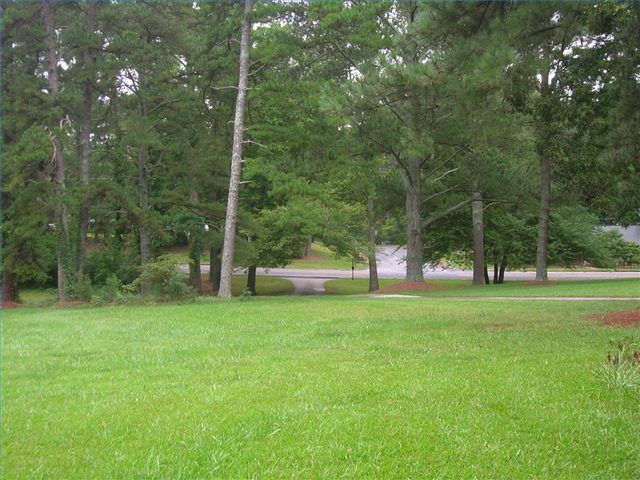Bulbs
Flower Basics
Flower Beds & Specialty Gardens
Flower Garden
Garden Furniture
Garden Gnomes
Garden Seeds
Garden Sheds
Garden Statues
Garden Tools & Supplies
Gardening Basics
Green & Organic
Groundcovers & Vines
Growing Annuals
Growing Basil
Growing Beans
Growing Berries
Growing Blueberries
Growing Cactus
Growing Corn
Growing Cotton
Growing Edibles
Growing Flowers
Growing Garlic
Growing Grapes
Growing Grass
Growing Herbs
Growing Jasmine
Growing Mint
Growing Mushrooms
Orchids
Growing Peanuts
Growing Perennials
Growing Plants
Growing Rosemary
Growing Roses
Growing Strawberries
Growing Sunflowers
Growing Thyme
Growing Tomatoes
Growing Tulips
Growing Vegetables
Herb Basics
Herb Garden
Indoor Growing
Landscaping Basics
Landscaping Patios
Landscaping Plants
Landscaping Shrubs
Landscaping Trees
Landscaping Walks & Pathways
Lawn Basics
Lawn Maintenance
Lawn Mowers
Lawn Ornaments
Lawn Planting
Lawn Tools
Outdoor Growing
Overall Landscape Planning
Pests, Weeds & Problems
Plant Basics
Rock Garden
Rose Garden
Shrubs
Soil
Specialty Gardens
Trees
Vegetable Garden
Yard Maintenance
How to Make Grass Grow in Red Clay Soil
How to Make Grass Grow in Red Clay Soil. Heavy clay, red or otherwise, is inhospitable to most plant life, but there are things that you can do to make sure that your property has a healthy green lawn. Follow some basic steps to make grass grow in red clay soil and establish a lawn that is the envy of the neighborhood.

Heavy clay, red or otherwise, is inhospitable to most plant life, but there are things that you can do to make sure that your property has a healthy green lawn. Follow some basic steps to make grass grow in red clay soil and establish a lawn that is the envy of the neighborhood.
Things You'll Need
Grass seed or sod
Compost
Straw
Tiller and rake
Watering System (in ground or hoses)
Lime
Remove all the existing weeds and grass from the area to be seeded. This can be done with a tiller, an herbicide or by hand weeding. Grass is not a strong competitor against many weeds, so getting the roots out is critical. Rake the area so that it is cleared of rocks and pebbles, which not only impede the grass seed from making contact with the soil but make an uncomfortable surface to walk on. If you are using a tiller, lightly run the machine over the area to loosen the upper 3 or 4 inches. Rake the area again to fill in any low areas and to make the total area as flat as possible.
Add lime. Most areas that have red clay also have a low pH. Lime will adjust this by neutralizing the soil and making a better overall environment for the grass to thrive. Read the instructions carefully and consult your local extension service if you have questions.
Consider using compost. The term clay, whether it is referring to southern red clay or Midwest gray clay, is a description of particle size. Tiny particles of soil are held together tightly and, like flour in a box, there is no space for air between the particles. Grass roots, particularly seedling roots, need those spaces to push through and reach nutrients. Adding a layer of compost to the area will help create those important gaps. Compost contains large angular particles, which, like ping-pong balls in a tube, will allow lots of air between them. Spread a 2-inch layer of compost over the area and lightly till to incorporate the compost into the soil surface.
Sow the grass seed. The rate of application is stated on the mix. Using a spreader or other means to disperse the seed, divide the rate of application in half. Walk up and down the area spreading your seed. When the first half of seed is gone, you should have covered the entire area. With the second half of the mix, walk back and forth across the area, spreading seed as you go. As this seed is being dispersed perpendicular to the first half, you will get a more even overall application.
Cover the seed with a light layer of straw. This will help keep the moisture on the surface of the soil, where the seed needs it, rather than letting the moisture evaporate. Straw mulch will also help keep the soil temperature down, particularly on hot, sunny days.
Water the whole area well. To germinate, seeds need to have constant moisture, so frequent, short watering spells are better than one long session. When the grass is mature and you are establishing a good root system, then longer, deeper watering is recommended. If the weather does not supply water, you will need to set your watering timer to twice or even three times every day. Morning and evening are the best times to water, but hot afternoon sun can bake the ground, including the seed, very quickly. Most of the seeds should germinate in about 2 weeks or less. Some varieties do take longer, though, so check the seed packaging for normal germination times. Let the grass grow to about 3 inches, and then give it a light mow when the weather is dry. Cutting wet grass, particularly newly sown lawns, will cause the tiny roots to be torn up.
Tips & Warnings
Get a soil test done to make sure that you are adding the right amount of fertilizer and lime to the garden. Check your local extension service for details.
Pick varieties of grass seed carefully--some tolerate more shade than others and some are tough to make suitable for high traffic areas.